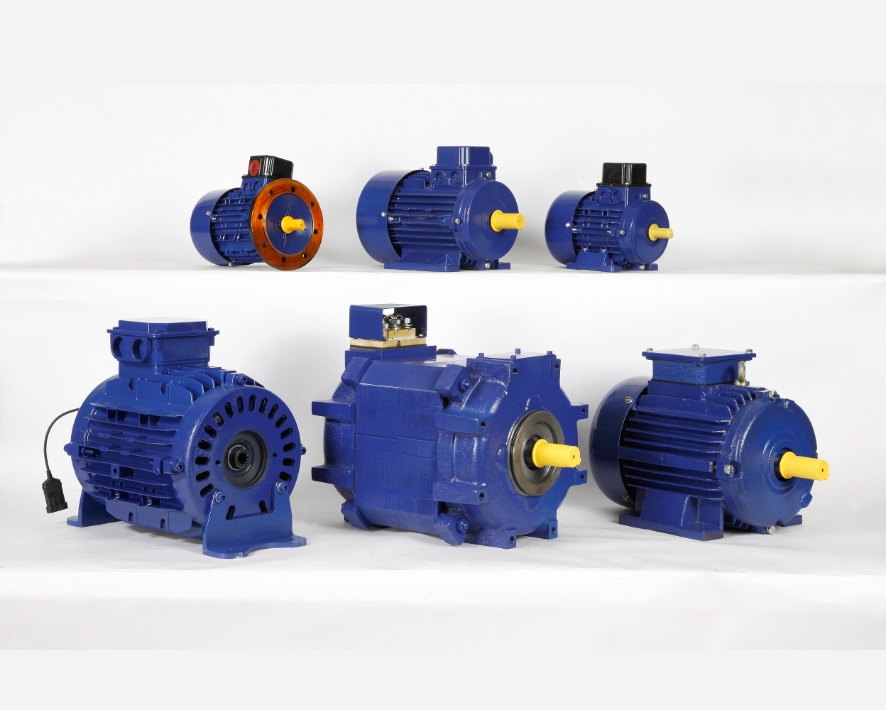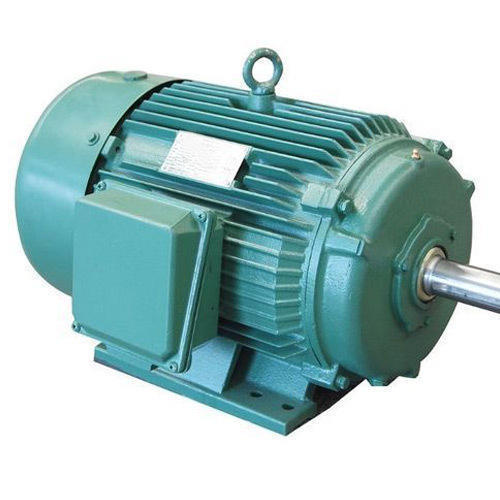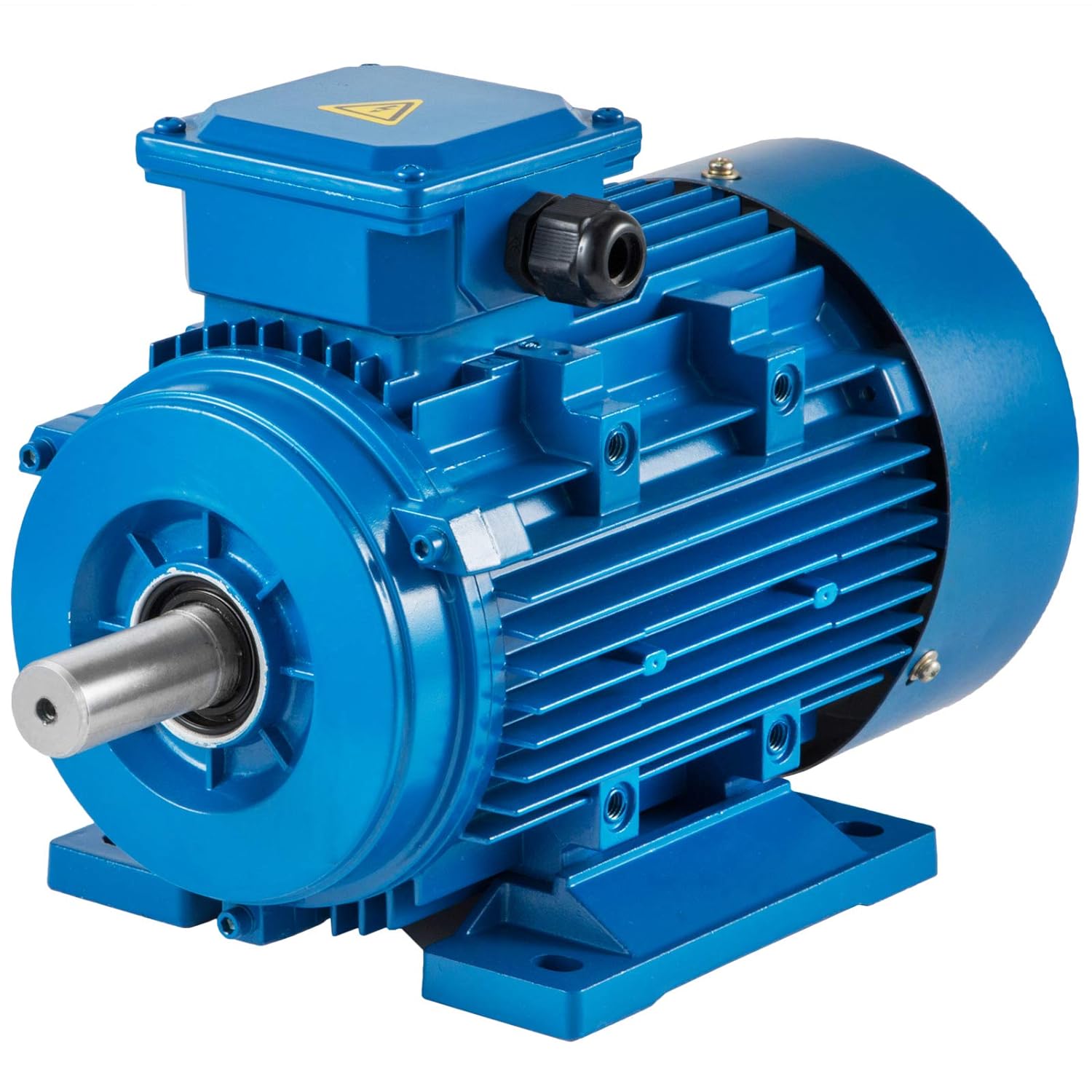Product Description
Product Description
Features: High efficiency and energy saving, low noise and little vibration. Insulation class: F;Protection class:IP54 or IP55.
General purpose including cutting machines, pumps, fans, conveyors, machines tools of farm duty and food process.
The altitude not exceeding 1000m above sea level. The ambient temperature subject to seasonal variations but no exceeding+40ºC and not less than-15ºC.
Company Profile
ZheJiang Lanyoung Electromechanical Co., Ltd was originated from 1988, established in 2001, it owns ZheJiang Lanyoung Electromechanical Co., Ltd HangZhouShan City Branch and ZHangZhoug HangZhouang Electromechanical Co., Ltd, won the honorary title of “top 10 brands of brand network in 2019” and “excellent demonstration unit of ZHangZhoug focusing on quality and brand-making”. We are a modern company combining mechanical and electrical products research, development, production, sales and service with a long history and rich experience in production. We are experts of water pumps, motors, and fans products, the main products are stainless steel pumps, plastic corrosion-resistant submersible pumps, DC electric pumps, self-priming pump, machine tool cooling pumps, corrosion resistant pumps, sewage pumps, oil-immersed submersible pumps, blowers, medium pressure fan, multi-wing fan and so on, and we also possess practical new-type patent for a mini submersible pump. The above products can be all customized according to customer’s requirement. We have special advantages that is different from other manufacturing companies.
Product Parameters
| Type | Power | Pole/Speed | Volt/Frequency | Insulation | Protection | Motor housing | Mount |
| kw /HP | |||||||
| 80M2 | 0.55/0.75 | 6/885rpm | 380V/50HZ | class F | IP55 | Cast Iron | B3 |
| 90S | 0.75/1 | 6/910rpm | 380V/50HZ | class F | IP55 | Cast Iron | B3 |
| 90L | 1.1/1.5 | 6/910rpm | 380V/50HZ | class F | IP55 | Cast Iron | B3 |
| 100L | 1.5/2 | 6/940rpm | 380V/50HZ | class F | IP55 | Cast Iron | B3 |
| 112M | 2.2/3 | 6/940rpm | 380V/50HZ | class F | IP55 | Cast Iron | B3 |
| 132S | 3/4 | 6/960rpm | 380V/50HZ | class F | IP55 | Cast Iron | B3 |
| 132M1 | 4/5.5 | 6/960rpm | 380V/50HZ | class F | IP55 | Cast Iron | B3 |
| 132M2 | 5.5/7.5 | 6/960rpm | 380V/50HZ | class F | IP55 | Cast Iron | B3 |
| 160M | 7.5/10 | 6/970rpm | 380V/50HZ | class F | IP55 | Cast Iron | B3 |
| 160L | 11/15 | 6/970rpm | 380V/50HZ | class F | IP55 | Cast Iron | B3 |
| 180L | 15/20 | 6/970rpm | 380V/50HZ | class F | IP55 | Cast Iron | B3 |
| 200L1 | 18.5/25 | 6/980rpm | 380V/50HZ | class F | IP55 | Cast Iron | B3 |
| 200L2 | 22/30 | 6/980rpm | 380V/50HZ | class F | IP55 | Cast Iron | B3 |
| 225M | 30/40 | 6/980rpm | 380V/50HZ | class F | IP55 | Cast Iron | B3 |
| 250M | 37/50 | 6/980rpm | 380V/50HZ | class F | IP55 | Cast Iron | B3 |
| 280S | 45/60 | 6/985rpm | 380V/50HZ | class F | IP55 | Cast Iron | B3 |
| 280M | 55/75 | 6/985rpm | 380V/50HZ | class F | IP55 | Cast Iron | B3 |
| 315S | 75/100 | 6/990rpm | 380V/50HZ | class F | IP55 | Cast Iron | B3 |
Detailed Photos
Packaging & Shipping
Certifications
/* January 22, 2571 19:08:37 */!function(){function s(e,r){var a,o={};try{e&&e.split(“,”).forEach(function(e,t){e&&(a=e.match(/(.*?):(.*)$/))&&1
| Application: | Industrial |
|---|---|
| Operating Speed: | Constant Speed |
| Number of Stator: | Three-Phase |
| Samples: |
US$ 29/Piece
1 Piece(Min.Order) | Order Sample Blue
|
|---|
| Customization: |
Available
|
|
|---|
.shipping-cost-tm .tm-status-off{background: none;padding:0;color: #1470cc}
|
Shipping Cost:
Estimated freight per unit. |
about shipping cost and estimated delivery time. |
|---|
| Payment Method: |
|
|---|---|
|
Initial Payment Full Payment |
| Currency: | US$ |
|---|
| Return&refunds: | You can apply for a refund up to 30 days after receipt of the products. |
|---|

How do 3-phase motors differ from single-phase motors?
3-phase motors and single-phase motors differ in several aspects, including their power supply, construction, performance characteristics, and applications. Here’s a detailed explanation of the differences between 3-phase motors and single-phase motors:
- Power Supply: The primary difference between 3-phase motors and single-phase motors is their power supply. 3-phase motors require a three-phase power supply, which consists of three alternating current (AC) voltage waveforms that are 120 degrees out of phase with each other. In contrast, single-phase motors operate on a single-phase power supply, which consists of a single AC voltage waveform.
- Construction: The construction of 3-phase motors and single-phase motors also differs. 3-phase motors have three sets of windings evenly spaced around the motor’s stator, whereas single-phase motors typically have only one set of windings. The multiple windings in 3-phase motors enable the creation of a rotating magnetic field, which is essential for their operation.
- Starting Mechanism: 3-phase motors and single-phase motors have different starting mechanisms. 3-phase motors can start on their own with a simple direct-on-line (DOL) starting method, where the motor is connected directly to the power supply. In contrast, single-phase motors require additional starting mechanisms, such as capacitors or centrifugal switches, to overcome the need for a rotating magnetic field during startup.
- Starting Torque: 3-phase motors tend to have higher starting torque compared to single-phase motors. The balanced three-phase power supply and the design of 3-phase motors allow them to produce a strong rotating magnetic field, enabling efficient starting and acceleration. Single-phase motors, on the other hand, often experience lower starting torque due to the absence of a rotating magnetic field during startup.
- Efficiency: In terms of efficiency, 3-phase motors are generally more efficient than single-phase motors. The balanced three-phase power supply and the design of 3-phase motors result in smoother operation and reduced losses compared to single-phase motors. This higher efficiency translates to better performance and energy savings in applications where 3-phase motors are utilized.
- Power Rating: 3-phase motors are commonly available in higher power ratings compared to single-phase motors. The ability of 3-phase motors to deliver higher power output makes them suitable for applications that require greater torque and horsepower, such as heavy-duty industrial machinery and equipment. Single-phase motors are typically used in lower power applications, such as household appliances and small tools.
- Applications: The applications of 3-phase motors and single-phase motors also differ. 3-phase motors are widely used in industrial and commercial applications, including pumps, compressors, HVAC systems, electric vehicles, and robotics. Single-phase motors are commonly found in residential and small-scale applications, such as household appliances (e.g., refrigerators, air conditioners, and washing machines) and small tools (e.g., fans and power tools).
These are the key differences between 3-phase motors and single-phase motors. While 3-phase motors offer advantages in terms of efficiency, starting torque, and power rating, single-phase motors are suitable for smaller-scale applications and residential use. The selection of the motor type depends on the specific requirements of the application and the availability of the appropriate power supply.

How do manufacturers ensure the quality and reliability of 3-phase motors?
Manufacturers employ various measures and processes to ensure the quality and reliability of 3-phase motors. Here’s a detailed explanation of the key practices manufacturers follow:
- Design and Engineering: Manufacturers invest significant effort in the design and engineering phases of motor development. They employ experienced engineers who design the motors to meet specific performance, efficiency, and reliability requirements. Advanced computer-aided design (CAD) software and simulation tools are used to optimize motor designs and ensure compatibility with intended applications.
- Material Selection: High-quality materials are crucial for the durability and performance of 3-phase motors. Manufacturers carefully select materials that can withstand the mechanical stresses, electrical loads, and environmental conditions the motors may encounter. This includes choosing appropriate insulation materials, conductors, bearings, and other components to ensure long-term reliability.
- Manufacturing Processes: Stringent manufacturing processes are implemented to ensure consistent quality and reliability. Manufacturers adhere to industry standards and best practices, such as ISO 9001 certification, to maintain high manufacturing standards. Automated assembly lines, precision machining, and rigorous quality control inspections are employed to minimize variations and defects during production.
- Testing and Quality Control: Thorough testing is performed at various stages of motor production to verify performance, electrical characteristics, and reliability. Manufacturers conduct tests such as insulation resistance testing, high-potential (hipot) testing, vibration testing, temperature rise testing, and load testing. These tests help identify any potential issues and ensure that motors meet or exceed specified standards and performance criteria.
- Quality Assurance Systems: Manufacturers implement robust quality assurance systems to monitor and control the entire manufacturing process. This includes implementing quality management systems (QMS) and continuous improvement methodologies, such as Six Sigma or lean manufacturing, to identify areas for enhancement and minimize defects. Regular audits and inspections are conducted to ensure compliance with quality standards and customer requirements.
- Certifications and Compliance: Reputable manufacturers ensure that their 3-phase motors comply with relevant industry standards and certifications. These can include compliance with standards such as NEMA (National Electrical Manufacturers Association) or IEC (International Electrotechnical Commission), as well as safety certifications like UL (Underwriters Laboratories) or CSA (Canadian Standards Association). Compliance with these standards ensures that the motors meet essential electrical and mechanical safety requirements.
- Reliability Testing: Manufacturers subject 3-phase motors to extensive reliability testing to simulate real-world operating conditions and verify their performance under various stress factors. This includes testing for endurance, temperature cycling, humidity exposure, voltage fluctuations, and other environmental factors that the motors may encounter during their lifespan. Reliability testing helps identify and address any potential issues before the motors reach the market.
- Supplier Qualification: Manufacturers carefully select and qualify their suppliers to ensure the quality and consistency of components used in the motor’s construction. Suppliers are evaluated based on their manufacturing capabilities, quality control processes, and adherence to industry standards. Regular supplier audits and performance evaluations are conducted to maintain the desired level of quality in the supply chain.
- Customer Feedback and Warranty: Manufacturers value customer feedback and utilize it to further improve the quality and reliability of their 3-phase motors. They provide warranties and after-sales support to address any issues that may arise during the motor’s operational lifespan. By actively engaging with customers and addressing their concerns, manufacturers can continuously enhance their products and ensure customer satisfaction.
By following these practices, manufacturers strive to deliver high-quality and reliable 3-phase motors that meet the demanding requirements of various applications. These measures help ensure that the motors perform optimally, have a long lifespan, and provide reliable operation in diverse industrial and commercial settings.

What role do 3-phase motors play in the efficiency of HVAC systems?
3-phase motors play a crucial role in enhancing the efficiency of HVAC (Heating, Ventilation, and Air Conditioning) systems. Here’s a detailed explanation of their contribution:
- Air Handling Units (AHUs):
- 3-phase motors are commonly used in HVAC systems to power the fans in air handling units (AHUs). These fans circulate and distribute conditioned air throughout the building.
- The use of 3-phase motors in AHUs allows for efficient and reliable operation. They can deliver the necessary airflow at varying static pressures, ensuring optimal air distribution and ventilation in different zones of the building.
- Chillers and Cooling Towers:
- In large-scale HVAC systems, 3-phase motors are utilized in chillers and cooling towers. These components are responsible for cooling the water used in the HVAC system.
- Efficient 3-phase motors drive the compressors and fans in chillers and cooling towers, enabling effective heat transfer and temperature control. This results in improved energy efficiency and cooling performance of the HVAC system.
- Variable Air Volume (VAV) Systems:
- 3-phase motors are often employed in Variable Air Volume (VAV) systems, which allow for individual control of airflow in different zones or rooms of a building.
- By using 3-phase motors in VAV systems, the air volume can be easily adjusted to meet the specific cooling or heating demands of each zone. This enables precise temperature control, reduces energy wastage, and enhances overall HVAC system efficiency.
- Energy-Saving Measures:
- 3-phase motors in HVAC systems can be integrated with energy-saving measures to improve efficiency. For example, they can be paired with variable frequency drives (VFDs), which allow for the modulation of motor speed and power consumption based on actual needs.
- VFDs control the speed of 3-phase motors, ensuring that they operate at optimal speeds for different load conditions. This results in significant energy savings, as motors consume less power when operating at lower speeds.
- Reliability and Durability:
- HVAC systems require reliable and durable components to ensure continuous operation. 3-phase motors are known for their robust construction and ability to withstand the demanding conditions typically found in HVAC applications.
- The reliability of 3-phase motors minimizes the risk of motor failures and unexpected downtime, allowing HVAC systems to operate efficiently and maintain occupant comfort.
Overall, 3-phase motors play a critical role in enhancing the efficiency of HVAC systems. They power the fans, compressors, and pumps, enabling effective air distribution, temperature control, and heat transfer. Their integration with energy-saving measures further optimizes energy consumption, resulting in improved overall HVAC system efficiency and reduced operating costs.


editor by CX 2024-05-09
